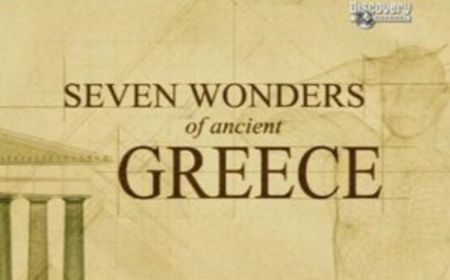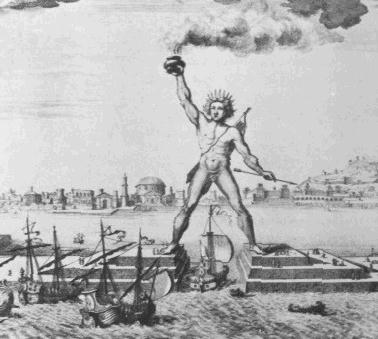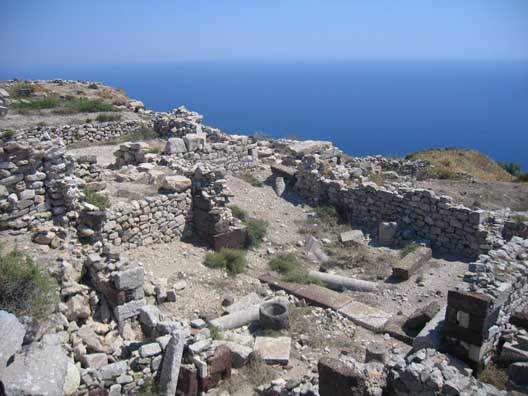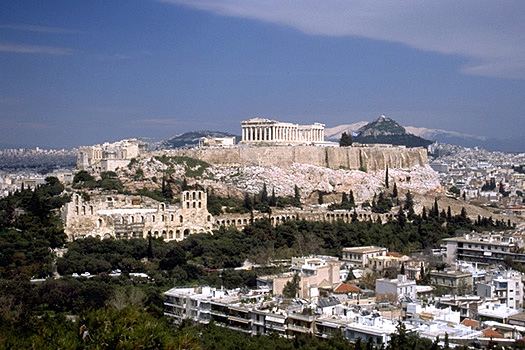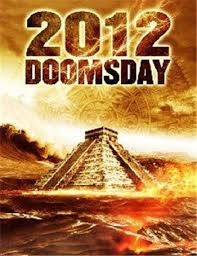Egypt is one of the earliest civilizations on Earth with over 3000 years of ancient civilization and over 2000 years of modern Egypt which is what we can see today. The civilization concentrated on the lower reaches of Nile River, which is the life force for the empire. Over 3000 years ago, the Egyptians had created ample of finest monuments the world has ever seen and till now, many hidden mysteries still laid beneath the desert of Egypt.
However, for now, the seven wonders of ancient Egypt will be uncovered to see on how astonishing these wonders of Egypt can be, which still fascinate people up until current days. I have watched before the documentary programme of the same title from Discovery Channel probably a year or two back, but I have forgotten much of it. I think it’s time to browse internet to look it up again, and share with you all. Here comes the list:
1. The Valley of the Kings
It is a valley of tombs constructed for pharaohs and powerful nobles of New Kingdom of ancient Egypt for a period of nearly 500 years from 16th to 11th century BC. The valley is known to have more than 63 tombs and chambers including the tomb for Tutankhamun and Ramesses the Great which are decorated with scenes of Egyptian mythology. It is the most magnificent burial ground in the world with many precious treasures buried along the valley with the pharaohs and nobles.
2. Temple of Queen Hatshepsut
It is situated beneath the cliffs at Deir el Bahari near the Valley of the Kings. Designed by the architect Senemut, this mortuary temple is dedicated to the Sun God, Amon-Ra. It employs a lengthy, colonnaded terrace tht deviates from the earlier centralized Mentuhotep temple. There are three-layered terraces measuring up to 97 feet tall. It is constructed in 1480 BC, over 3400 years ago.
3. Karnak Temple Complex
It comprises a vast mix of ruined temples, chapels, pylons, and other buildings; notably the Temple of Amun with the Sacred Lake as part of the magnificent site. It is part of the monumental city of Thebes and is the main place of worship of the 18th Dynasty, Theban Triad with God Amun as its head. It is the largest ancient religious site in the world, built in over 3300 years ago. The most interesting feature of the site is the Great Hypostyle Hall in the Precint of Amun-Re, covering an area of 5000 metres square with 134 massive columns.
4. Temple of Ramesses 2, Abu Simbel
It comprises two massive rock temples in southern Egypt which were originally carved out of the mountainside during the reign of Pharaoh Ramesses 2 in 13th century BC to commemorate his victory at the Battle of Kadesh. The great temple is relocated due to creation of Lake Nesser, artificial water reservoir. Four colossal statues of the pharaoh were erected as the front facade of the temple.
5. Mount Sinai
According to Jewish and Christian traditions, this is the mountain where Moses received the Ten Commandments, hence is one of the most spiritual places on Earth. St. Catherine’s Monastery is built on the mount as the oldest monastery on Earth to mark the sacred event. It has been the center of pilgrimages for over 15 centuries and one of the finest example of Byzantine architecture.
6. Great Sphinx of Giza
It is a statue of a reclining or couchant sphinx (mythical creature with lion’s head and human’s body) that stands on the Giza Plateau. It is the largest monolith statue in the world, standing 73.5 m long, 6 m wide and 20.22 m high. It is oldest known monumental sculpture, believed to have been built in the Old Kingdom around 4500 years ago in the reign of Pharaoh Khafra.
7. The Great Pyramid of Giza
Also known as Pyramid of Khufu, it is the oldest and largest of the three pyramids in the Giza Necropolis. It is the oldest of the Seven Wonders of Ancient World, and the only one to remain largely intact. It is believed to be built as a tomb for 4th Dynasty Egyptian Pharaoh Khufu and constructed over 14 to 20 years period concluding around 2560 BC. Initially 146.5 m tall, it was the tallest man-made structure in the world for over 3800 years, the longest period of time ever held for such a record. Due to erosion, the present height is 138.8 m.
That’s it. These structures mentioned above are the seven wonders of ancient Egypt. Mainly, all of these are of tombs or temples, except for one, which is a natural landmark, a spiritual mountain. Many things are of light brown or dark yellow in Egypt, since it is a place of sand, the miracle desert where one of the earliest civilizations was born with life source from the historical Nile River. Many of the ruins of these structures still stand today, well-preserved as the main tourist destinations as well as iconic landmarks of Egypt.
This picture above is beautiful, astonishing and perfect to describe Egypt in one shot. It is also nice to have this picture to end this post.
(The pictures above do not belong to me and the information is obtained and paraphrased after some researches throughout the internet)










